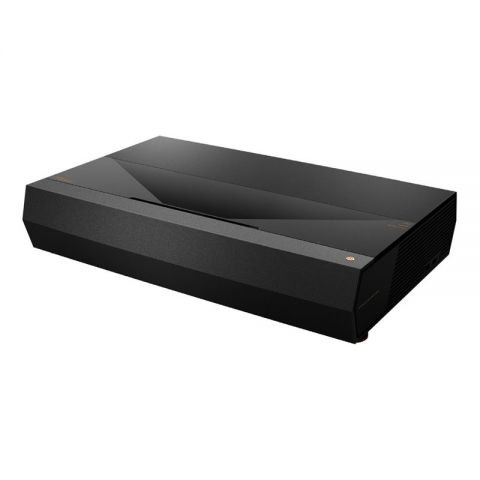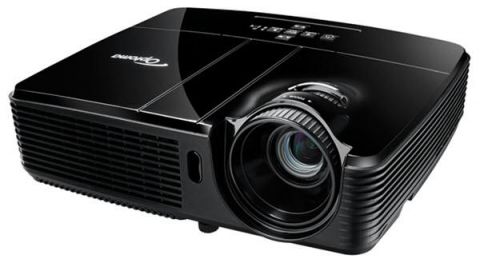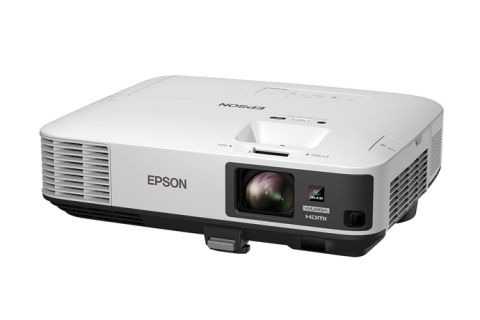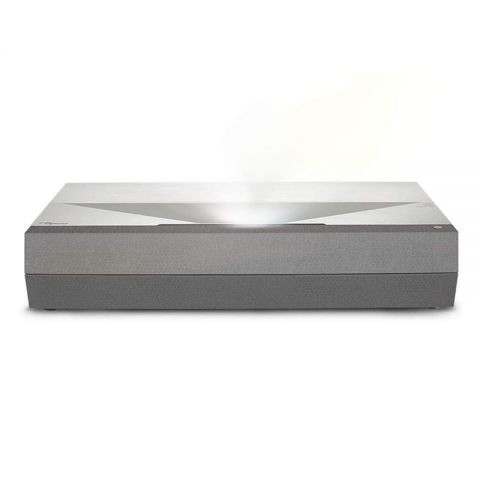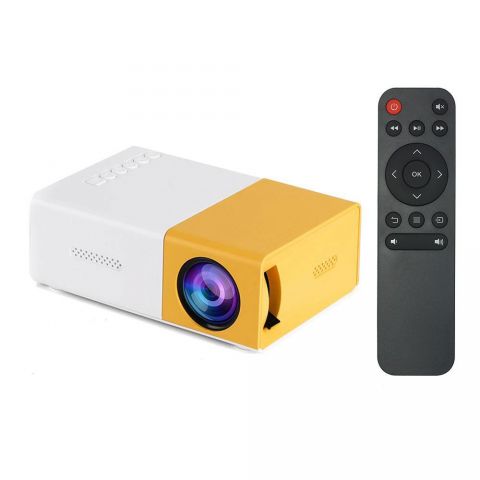
How I Buy Best Projector? (The Brightness)
In this series of articles, we will raise our customers' awareness about choosing a projector suitable for their requirements.
Before we start, be sure not hesitate to contact with us if you have any questions about projector .
Where does a projector's light originate?
Projectors mainly use two lamp technologies: LED and metal halide. LED is still uncommon outside the realm of pocket projectors.
Almost all the rest use metal halide, a form of tungsten lamp typically enjoying a lifespan of 2,000 to 5,000 hours if used with the default brightness setting.
A handful of systems use hybrid technologies that augment LED with a laser light source.

How much brightness do I need?
Last article we said throw ratio is very important, brightness is the most important specification to get right. And this is where the third piece of information I mentioned—amount of ambient light—fits in.
If the image isn’t bright enough to be seen clearly, all other considerations fly out the window.
Getting enough light out of a projector is often the biggest challenge, but remember, it is nearly impossible to get a projector that is too bright. If a projector is ever “too bright,” you can always just turn the brightness down. But making a projector that is too dim brighter... good luck!
Projector brightness is measured in ANSI lumens (lumens for short).
Here are some examples of numbers of lumens you should anticipate needing:
- A living room where the lights can be turned off completely: 1500 to 2000 lumens.
- A school classroom or boardroom where the lights can be dimmed, if not fully extinguished: at least 3000 lumens.
- A lecture hall, church, or other larger venue, or an environment with high ambient light: at least 4500 lumens.
- A movie theater or stadium: 20,000 lumens or more.
The content should also be factored in. Are you projecting white song lyrics text over a solid, dark background? Or are you showing photographs in an art gallery?
In the former case, the contrast of the image is so high you can get away with a much weaker projector. In the latter case, you probably want to preserve every tonal nuance you can and, so, will need more lumens.

Color Brightness?
Unless otherwise noted, brightness specs are probably derived from measuring the “white brightness” of the output (ANSI lumens).
This can be misleading, because the way imaging systems render color images can reduce the effective brightness. To provide a more realistic value, some projectors will offer an additional “color brightness” spec.

